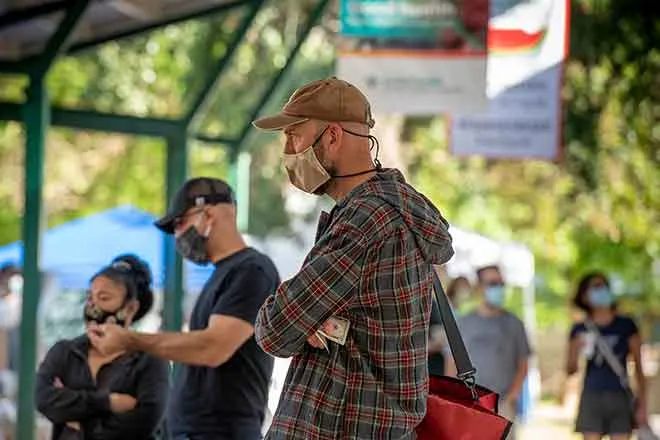
Consumer groups call on feds to regulate flame retardants in cars
Click play to listen to this article.
(California News Service) A new study showed the flame retardants used in the seats of many cars emit toxic gases, and recommended the federal government reevaluate its flammability standards.
Researchers at Duke University and the Green Science Policy Institute in Berkeley studied the air and foam from 101 cars model year 2015 and newer, and found traces of two carcinogens on California's Prop. 65 list of harmful chemicals.

© iStock - nevarpp
Robert Herrell, executive director of the Consumer Federation of California, called on the National Highway Traffic Safety Administration or state officials to act.
"We would hope that the relevant federal authorities would take a look at this," Herrell urged. "They have indicated that they're aware of this study, they're reviewing it. In some cases, California chooses not to wait necessarily for the feds to act, and we can try to act ahead of that."
The Alliance for Automotive Innovation, a trade group of dozens of auto manufacturers, did not immediately respond to a request for comment. The study, in the journal Environmental Science and Technology, found the chemicals are released into the air two to five times more often in the summer when the car is hot. It recommended people park in the shade, air out their cars before getting in and avoid using the recirculated air feature in their vehicles.
Herrell noted his group fought to get the government to require furniture manufacturers to phase out similar flame retardants.
"Historically, the auto industry has really lagged behind on safety and consumer protection issues," Herrell asserted. "More often than not, they've been sort of dragged kicking and screaming into the modern age."
The flame retardants at issue do not prevent burning but they slow a fire's progression. Many fires starting inside cars begin with a dropped cigarette, so some experts have suggested the feds update flammability standards with a new anti-smoldering requirement, which could be met without the use of these types of chemicals.

















